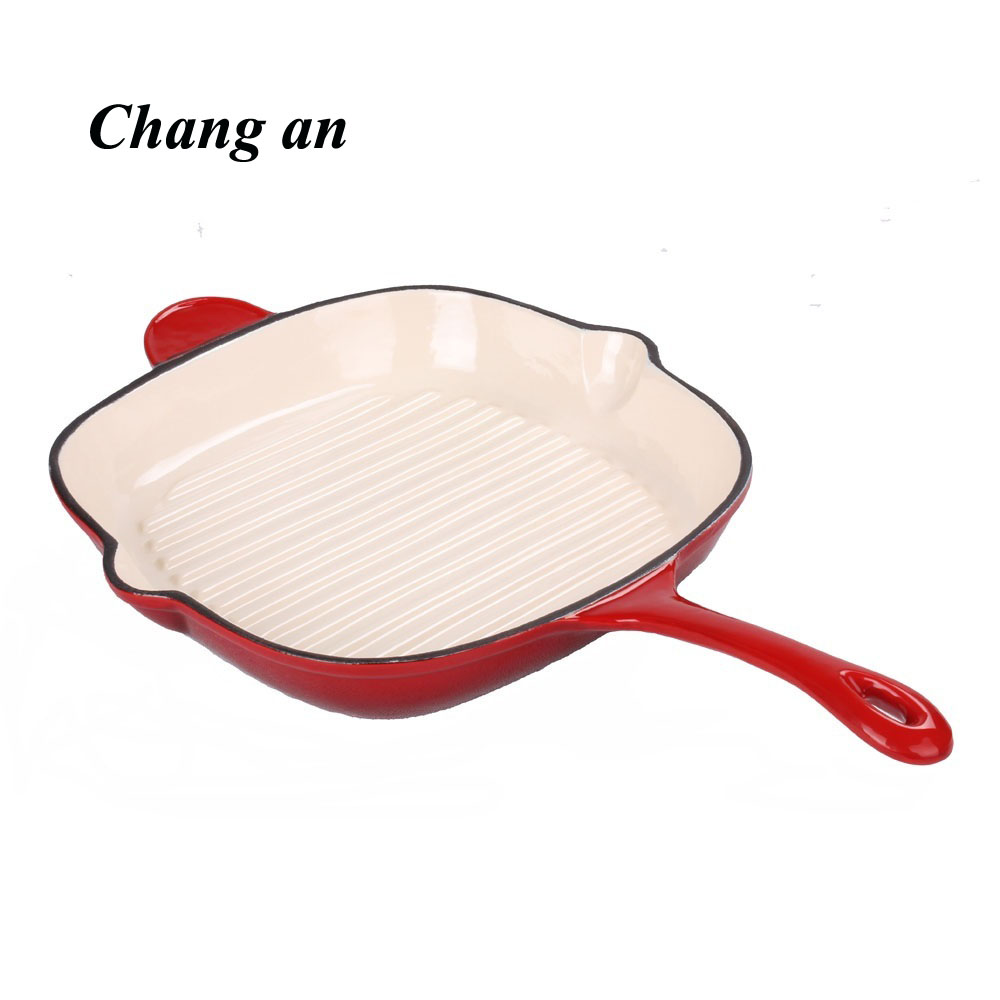- 150m Southwards, West DingWei Road, Nanlou Village, Changan Town, GaoCheng Area, Shijiazhuang, HeBei, China
- monica@foundryasia.com
sie . 19, 2024 16:59 Back to list
Best Options for Purchasing a Cast Iron Dutch Oven for Cleaning and Cooking
The Complete Guide to Buying a Cleaning Cast Iron Dutch Oven
When it comes to versatile kitchen tools, few items can compete with a cast iron Dutch oven. This beloved cooking pot is known for its ability to retain heat, distribute it evenly, and enhance the flavors of your meals. However, with great functionality comes the need for proper care and maintenance, especially when it comes to cleaning. If you’re considering purchasing a cast iron Dutch oven or are looking to maintain the one you already own, understanding the best cleaning practices is essential.
Why Choose a Cast Iron Dutch Oven?
Before diving into cleaning methods, let's review why a cast iron Dutch oven is a must-have in any kitchen. These impressive cooking vessels are perfect for slow-cooking, braising, baking, and even frying. They can be used on various heat sources, from stovetops to ovens and even open flames. Additionally, cast iron cookware becomes more non-stick with age, provided it is cared for correctly.
Cleaning Your Cast Iron Dutch Oven
Cleaning a cast iron Dutch oven is different from cleaning typical cookware. With the right approach, you can preserve its seasoning and overall longevity.
1. Avoid Soap and Dishwasher The first rule of thumb is to avoid using soap, as it can strip the seasoning layers that provide the natural non-stick surface. Similarly, never place your cast iron in the dishwasher. The harsh detergents and high heat can cause irreparable damage.
2. Immediate Cleaning After cooking, let the Dutch oven cool down slightly—never plunge a hot pan into cold water, as this can cause warping or cracking. Once it’s safe to handle, rinse it with warm water.
buy cleaning cast iron dutch oven

3. Scrubbing Off Food Residue For stuck-on food, use a non-metal brush or a sponge. If necessary, you can sprinkle coarse salt onto the residue and scrub with a damp cloth. The abrasiveness helps lift food particles without removing the seasoning.
4. Drying Once clean, it’s crucial to dry the Dutch oven immediately to prevent rust. You can place it on a low heat on the stovetop for a few minutes to ensure that it’s completely moisture-free.
5. Re-seasoning After cleaning, it’s a good practice to apply a thin layer of vegetable oil or another cooking oil to the surface. This not only protects it from moisture but also helps maintain its non-stick capabilities. Wipe off any excess oil to avoid a sticky buildup.
Tips for Maintaining Your Cast Iron Dutch Oven
To extend the life of your cast iron Dutch oven, follow these maintenance tips
- Store it properly If stacking pots, place a paper towel between them to absorb any moisture and protect the seasoning. - Cook with it frequently The more you use your Dutch oven, the better the seasoning will become. Regular cooking in your Dutch oven will enhance its non-stick properties. - Avoid acidic foods Cooking highly acidic foods, such as tomatoes or vinegar-based dishes, can erode the seasoning over time. If you do cook such dishes, ensure to re-season afterward.
Conclusion
Buying a cast iron Dutch oven is an investment in your cooking adventures. Not only does it provide the ability to prepare a wide range of dishes, but it also becomes an heirloom that can be passed down through generations. By understanding the proper cleaning and maintenance techniques, you can ensure that your Dutch oven remains a cherished part of your culinary toolkit for years to come. Keep your pot clean, seasoned, and ready for your next culinary masterpiece!
-
Best Cast Iron Frying Pan for Induction Cooktop – Durable & Non-Stick Skillet Supplier
NewsJul.08,2025
-
Best Cast Iron Skillet Quality High Performance Cookware for Grill, Pizza, & Stir-Fry
NewsJul.08,2025
-
Premium Cast Iron Pan Set – Durable, Nonstick & Versatile Cookware for All Kitchens
NewsJul.08,2025
-
Blue Cast Iron Dutch Oven – Premium Enamel Cookware for Kitchen & Baking
NewsJul.07,2025
-
Best Enamel Dutch Oven for Bread - White Enamel Cast Iron Dutch Oven Service & Pricelist
NewsJul.07,2025
-
3.5 Qt Enameled Cast Iron Dutch Oven – Durable, Versatile & Stylish Cookware for Every Kitchen
NewsJul.07,2025